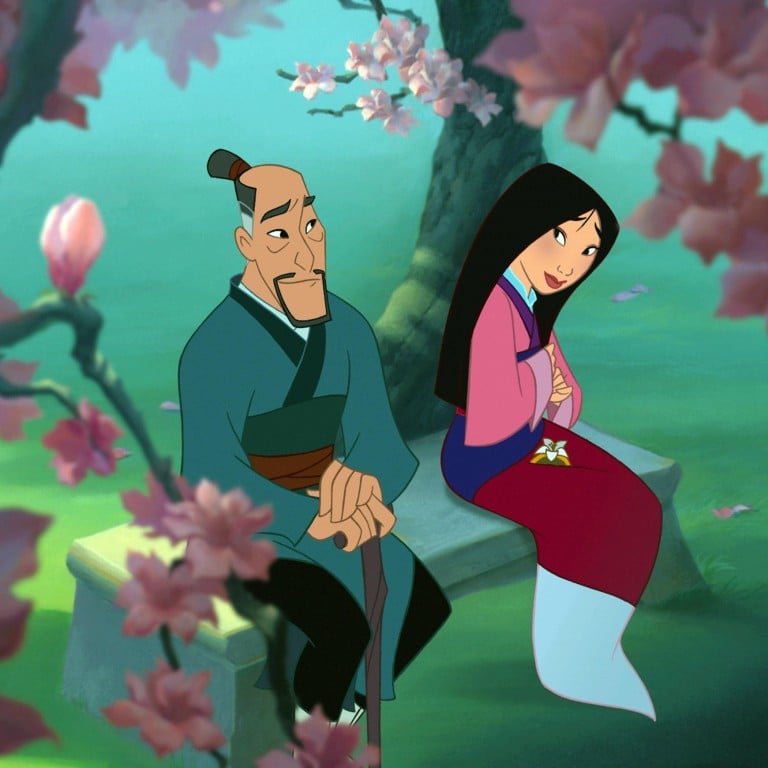
Disney has not ‘butchered’ Mulan – the Chinese tale of filial love has been subject to many interpretations
- The story of the courageous female soldier, who fought so that her father wouldn’t have to, was first told in a poem
- Written during the Northern Wei dynasty, feminism was not the narrative’s primary theme
The film Mulan, scheduled for release in March, is the latest in a series of live-action remakes of asinine animated movies. Not my favourite genre, but who is this fan of schlock horror movies and splatter films to judge? A full eight months before it hits the screen, the film is already generating controversy due to issues about identity, representation and historical accuracy.
So who was Mulan? In all likelihood, there never was a Mulan. She was probably as real as Robin Hood or King Arthur, the heroes of English legends. Her story was first told in Song of Mulan, a narrative poem written during the Northern Wei dynasty (386–535), a Sinicised state in northern China ruled by the Xianbei people.
Written like a folk song, the poem begins with Mulan troubled because the emperor (referred to as “khan”) is forming a large army and her father’s name is on the conscription notices. She decides to take her father’s place as a conscripted soldier because she does not have any elder brothers who can do so. Mulan buys a horse from the market and then she is off, bidding farewell to her parents in the morning and bivouacking by the banks of the Yellow River by the evening. From there, she journeys northwards to Yanshan, a mountain range in present-day Hebei, hearing many sounds along the way but never the voices of her parents calling out for their daughter.
More than a decade later, after the battles against the Rouran Khaganate to the north have been fought, the remaining Northern Wei soldiers return home, where they are received by the emperor. Mulan is conferred the highest honour for her military achievements, but all she wants is to go home. Reunited with her parents and her siblings, there is much joy and activity at home.
Mulan changes from her military garb to her old clothes, she fixes her hair (both men and women kept their hair long in pre-modern China), puts on make-up and goes out to see her former army mates. They react with shock because, despite having served together for 12 years, they had no idea that Mulan is a woman. In the coda, male and female rabbits are compared and the poem concludes by saying they are indistinguishable if they are running side and side.
The main theme of the poem is family ties: Mulan’s filial love and choosing to serve in the army, even though she is a woman, so that her father would not suffer; Mulan missing her parents during her tour of duty; and the happy reunion when she eventually returned. The theme of female empowerment was there but it was secondary, and there was no evidence of any romantic attachments in Song of Mulan.
Over the centuries, the tale was added to and the character of Mulan fleshed out. Hollywood writers were not the first to take liberties with the story. In a play written during the Ming dynasty (1368–1644), a scene was added in which Mulan mulled over her decision to release the bandages of her bound feet before joining the army, an anachronistic blunder because the practice of foot binding began centuries after Mulan’s time. So, people who get hot and bothered about “Western butchering” of Chinese stories should just relax and take Mulan for what it is: entertainment.

